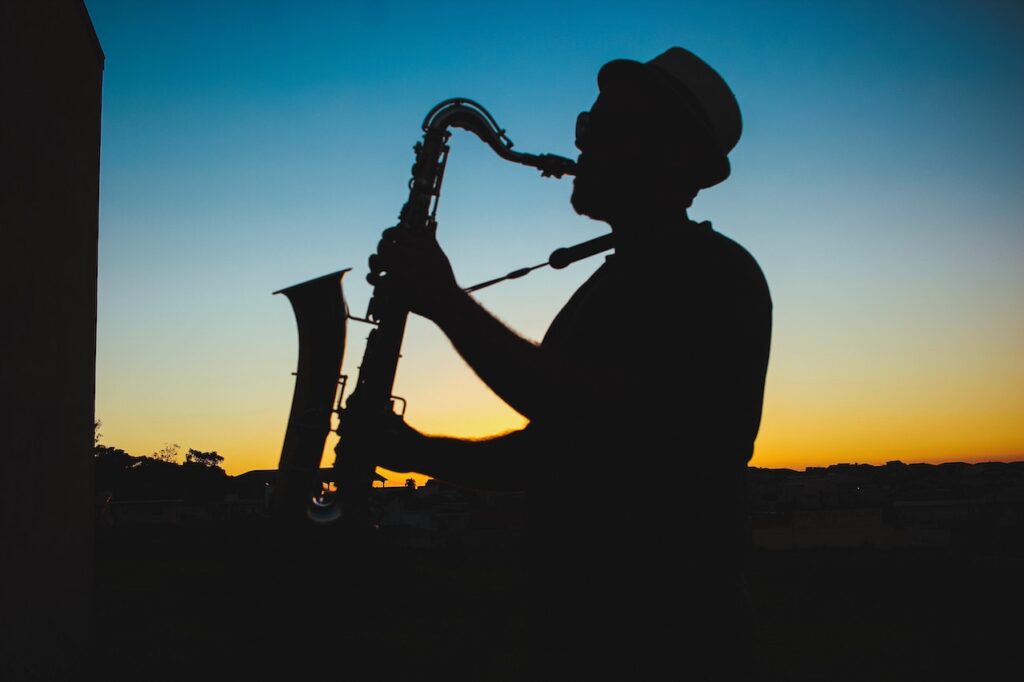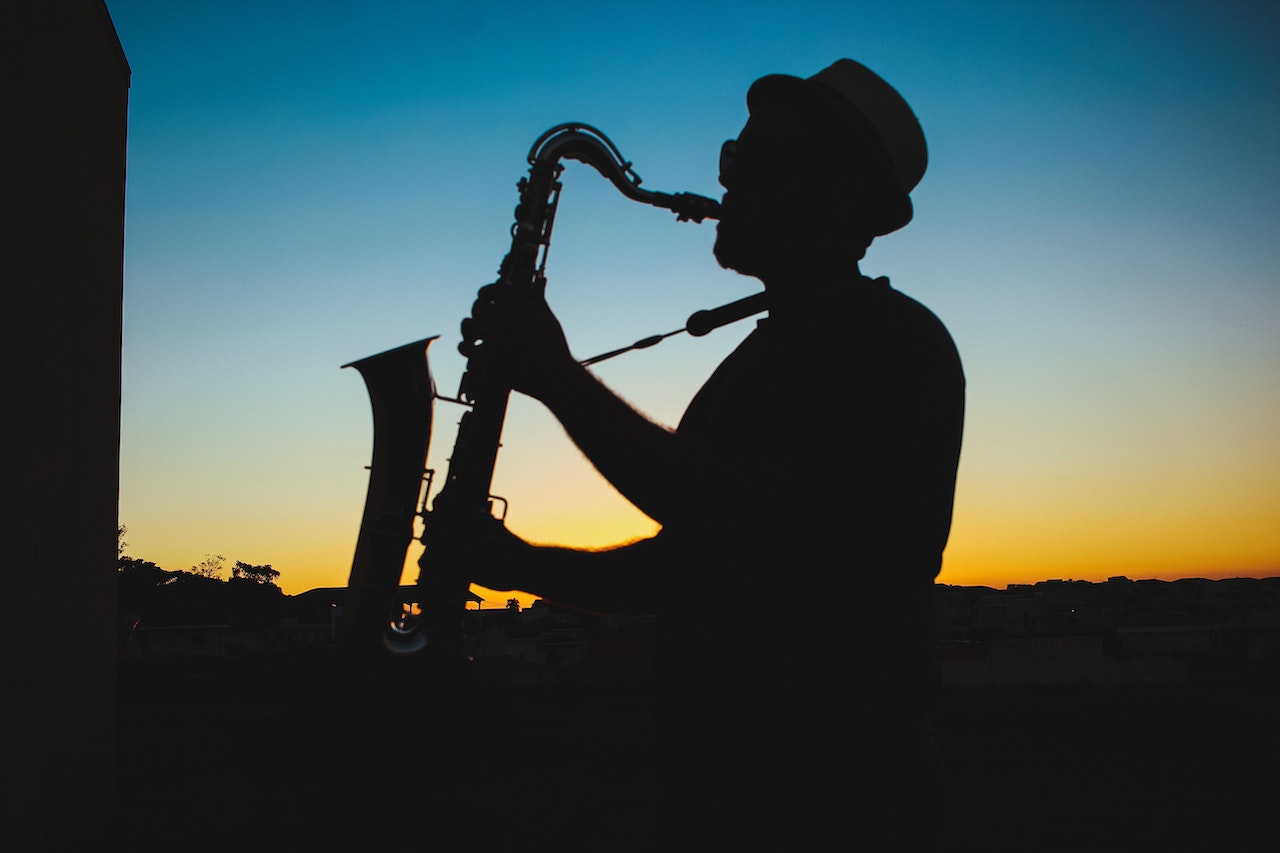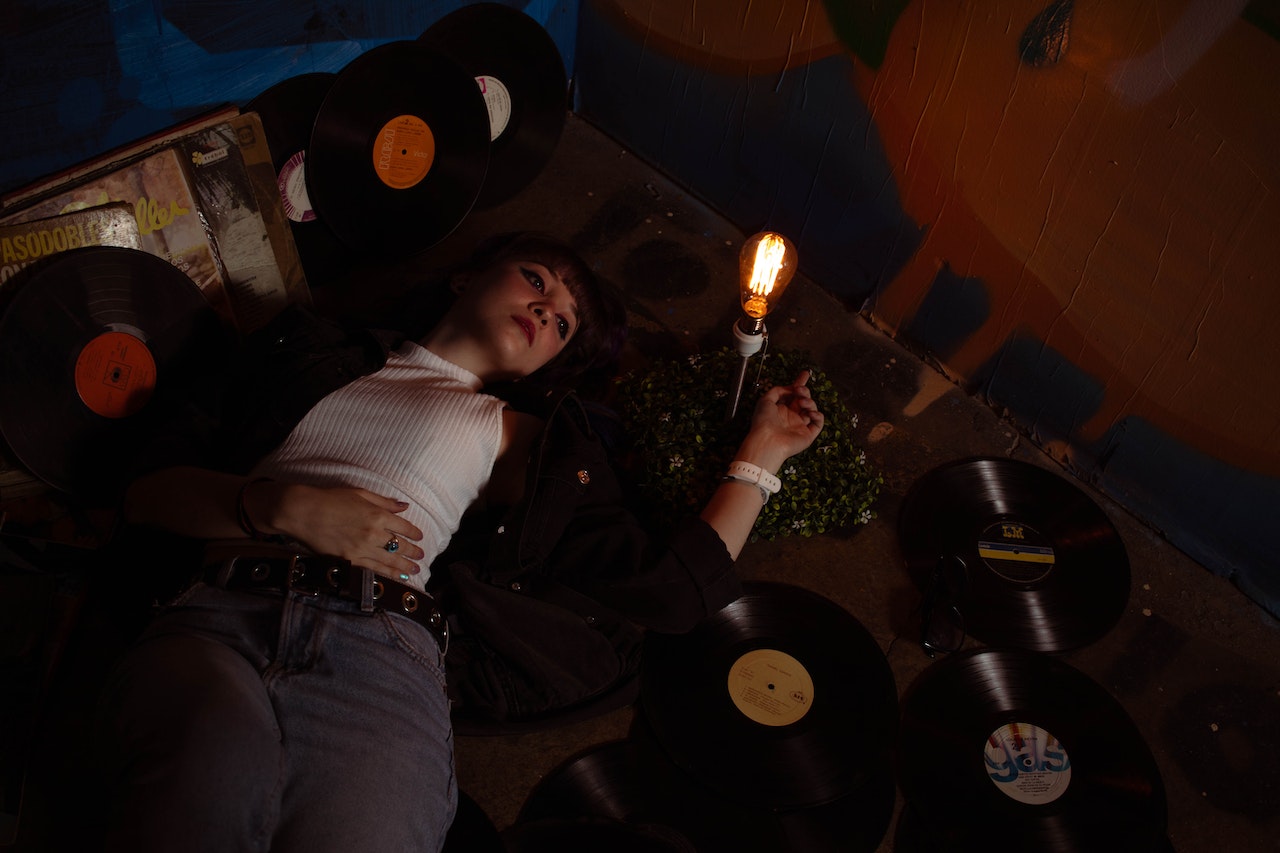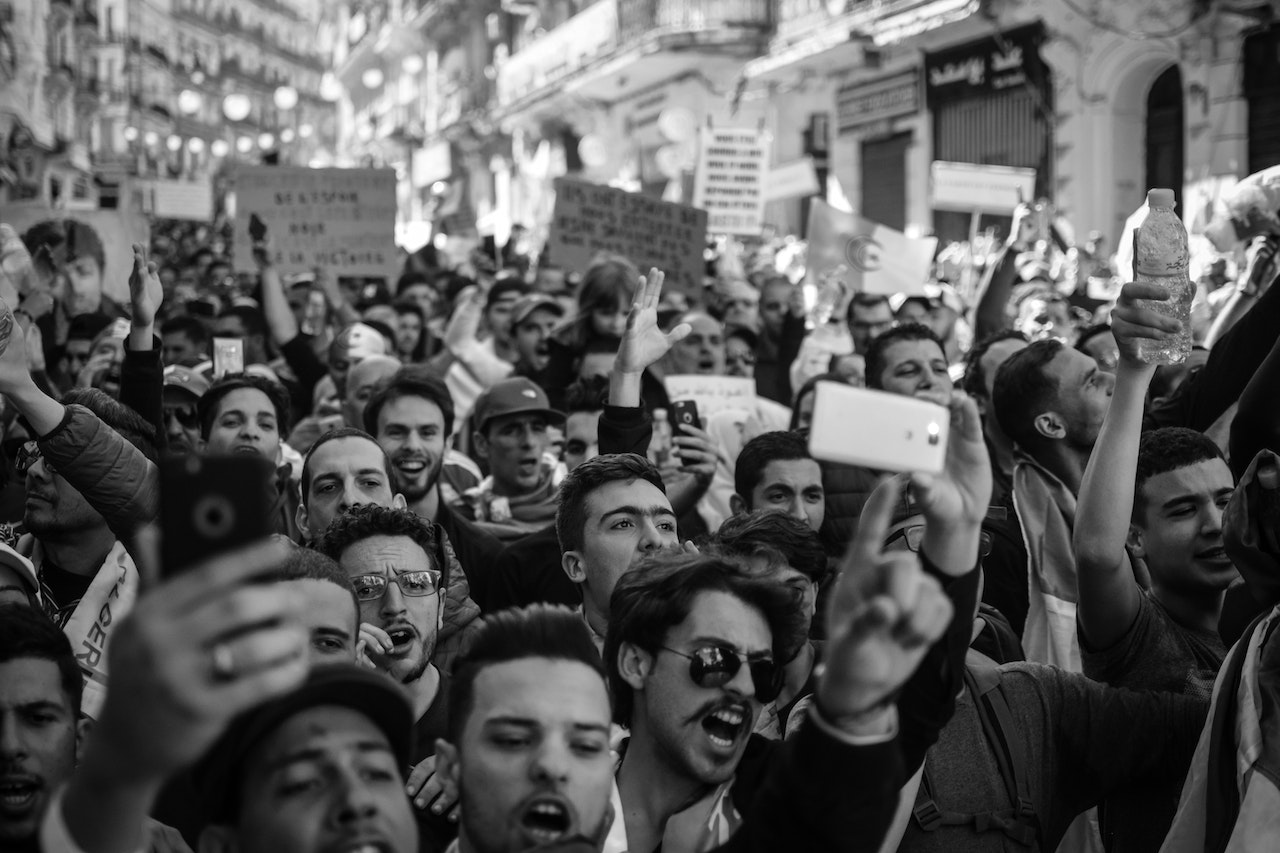Chicago has long been known for its iconic skyline, diverse neighborhoods, and deep-dish pizza. But the Windy City is also home to a rich musical legacy that has left an indelible mark on the world of jazz and blues. From the roaring 1920s to the present day, Chicago has been a hotbed of musical innovation, nurturing countless legendary artists and fostering a thriving live music scene. In this blog post, we’ll take a journey through the sights and sounds of Chicago’s musical history, exploring the city’s most famous jazz and blues clubs, and learning about the artists who have contributed to its vibrant musical tapestry.
The Roaring Twenties: Birth of the Chicago Jazz Scene
The 1920s saw a mass migration of African American musicians from the South to the North, and Chicago quickly emerged as a major hub for jazz music. Artists like King Oliver, Jelly Roll Morton, and Louis Armstrong brought their innovative sounds to the Windy City, playing in clubs and speakeasies throughout the South Side. This period also saw the birth of the famous “Chicago Style” of jazz, characterized by its emphasis on soloists and a more relaxed, swinging rhythm.
A must-visit location to experience the roots of Chicago jazz is the historic Bronzeville neighborhood, where many legendary musicians lived and performed. Today, you can explore this culturally rich area through various guided tours and walking routes, such as the Bronzeville Walk of Fame.
The Great Migration and the Rise of Chicago Blues
The Great Migration of the 20th century brought an influx of African Americans from the South to Chicago, and with them came the blues. The city’s blues scene emerged in the 1940s and 1950s, as artists like Muddy Waters, Howlin’ Wolf, and Willie Dixon electrified the traditional Delta blues sound and created the distinct “Chicago Blues” style.
The best way to experience the soulful sounds of Chicago blues is by visiting some of the city’s iconic blues clubs. Kingston Mines, Buddy Guy’s Legends, and Rosa’s Lounge are just a few of the venues where you can catch live blues performances in an intimate setting. For an immersive experience, consider attending the annual Chicago Blues Festival, held every June in Millennium Park, featuring both local and international artists.

Modern-Day Jazz and Blues in Chicago: A Living Legacy
Despite the passage of time, Chicago’s musical legacy continues to thrive in the present day. The city is home to numerous jazz and blues clubs, where you can experience the sounds of both established and up-and-coming artists. The Green Mill, once a favorite haunt of Al Capone, is a historic jazz club that features live music seven nights a week, while Andy’s Jazz Club offers an eclectic mix of local and international performers.
For those looking to delve deeper into Chicago’s musical history, the Chicago History Museum and the Chicago Blues Experience offer exhibits and interactive displays that provide fascinating insights into the city’s jazz and blues heritage. The Chicago Jazz Festival, held annually over Labor Day weekend, is another must-see event for music lovers, featuring a lineup of top-tier jazz performers from around the world.
Beyond its clubs and festivals, Chicago’s musical legacy can also be heard in its streets. The city is home to numerous public art installations and murals dedicated to legendary jazz and blues musicians, such as the Muddy Waters Mural in the West Loop and the Bronzeville Legends Jazz Walk of Fame.
Chicago’s musical history is a rich tapestry woven from the sounds of jazz and blues. From the birth of the Chicago Style in the 1920s to the rise of Chicago Blues in the mid-20th century and beyond, the city has been a hotbed of musical innovation and talent. Whether you’re a lifelong jazz or blues fan, or simply looking to explore a unique aspect of Chicago’s cultural heritage, there’s something for everyone in the Windy City’s vibrant music scene.
0



